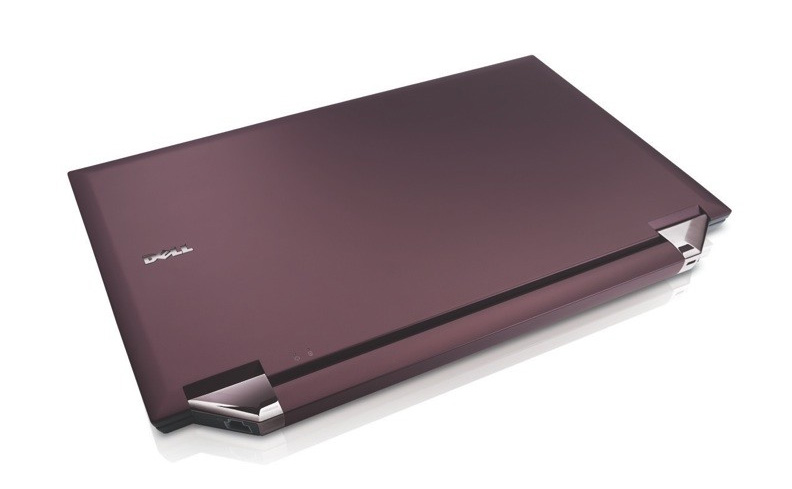
Peripheral and accessory maker Logitech today announced three new audio products designed to simplify computer and mobile-based VoIP calling, along with a new family of EasyCall desktop products which—for European users—will offer Skype-specific features.
The new Logitech QuickCall USB Speakerphone for Internet Calling offers a high-quality speakerphone with a dual-microphone setup (one at each side of the unit’s “wings”) designed to capture sounds throughout an entire room. The unit also uses Logitech’s RightSound echo-cancellation technology, and supports pluggig in a headset when you really don’t want to broadcast your phone conversations to anyone in the area. The QuickCall USB Speakphone (obviously) connects via USB, so you don’t have to worry about a wall wart or rummaging around for an audio input, and sports all the controls to pick up, mute, adjust volume, and hang up calls. Alert lights let you know when a VoIP session has been established. The QuickCall USB Speakerphone should be available in the U.S. in October (Europe in December) with a suggested retail price of $99.99.
If you’ve been staying away from VoIP because talking to a computer—or using a funky headset—is just too weird, then Logitech’s Cordless Internet Handset may be worth checking out. The idea here is to make using popular VoIP solution Skype as simple as using a traditional cordless handset phone. The Cordless handset’s base station connects to a PC via USB and offers about 50 meters of range from its base station to the handset. The unit supports SkypeIn, SkypeOut, and Skype-to-Skype calling, and a color LCD display lets users browser Skype contact lists as well as access voicemail and call logs. The handset also offers a handsfree speakerphone, illuminated keypad, and a selection of ringtones. Availability? October in the U.S.; December in Europe. Retail price? $99.99.
Dislike handsets? Then Logitech wants you to consider its Cordless Headset for PC and Mobile Phones. Yeah, we know it makes you look like you’re wearing some sort of exotic punctuation mark on your ear, or perhaps that you’re just moments away from stepping into a nearby Star Trek convention in full regalia. But some people love these things. Logitech’s Cordless Headset can be used for hands-free calling on both PCs and movile phones. On PCs, it connects using a wireless USB receiver, while the headset can latch up with mobile phones using Bluetooth. The headset can hook up with Logitech’s QuickCams as a video conferencing solution, and features Logitech’s WindStop technology aimed at making calls more intelligible in windy conditions. The Cordless Headset will be available in the U.S. in October, Europe in December, and carry a suggested price of $99.99. (Gee, this sounds familiar!)
Finally, Logitech has released three new “desktops,” which is the phrase the company confusingly uses to describe a bundles of desktop accessories like mice and keyboards. However, along with the Cordless Desktop MX 3200 and LX 710, Logitech’s also announced its EasyCall Desktop, which brings together a cordless keyboard, mouse, and speakerphone, plus a headset. The keyboard offers one-touch access to commonly used applications like email and a Web browser, along with calling functions (one-touch dialing, accessibility, making and accepting calls all optimized for Yahoo Messenger and AIM in the US, and Skype in Europe), a media panel to control digital music in programs like iTunes or Windows Media Player, while the cordless laser mouse offers high performance and precision on a wide variety of mouse surfaces. (For fun? Try a mirror or metal foil.) The full duplex speakerphone features echo cancellation technology, and features dedicated controls for managing phone volume, mute, picking up and hanging up calls, and has a plug for the (included!) stereo headset when you want to make the other side of a conversation more private. The EasyCall Desktop will be available in mid-September in both the U.S. and Europe, with a suggested U.S. retail price of $129.99.
Editors' Recommendations
- ExpressVPN Deals: Save 49% when you sign up today
- 5 web browsers you should use instead of Google Chrome or Edge
- The most common Windows 11 problems and how to fix them
- How to download YouTube videos for offline viewing
- The most common GoTo Meeting problems and how to solve them


